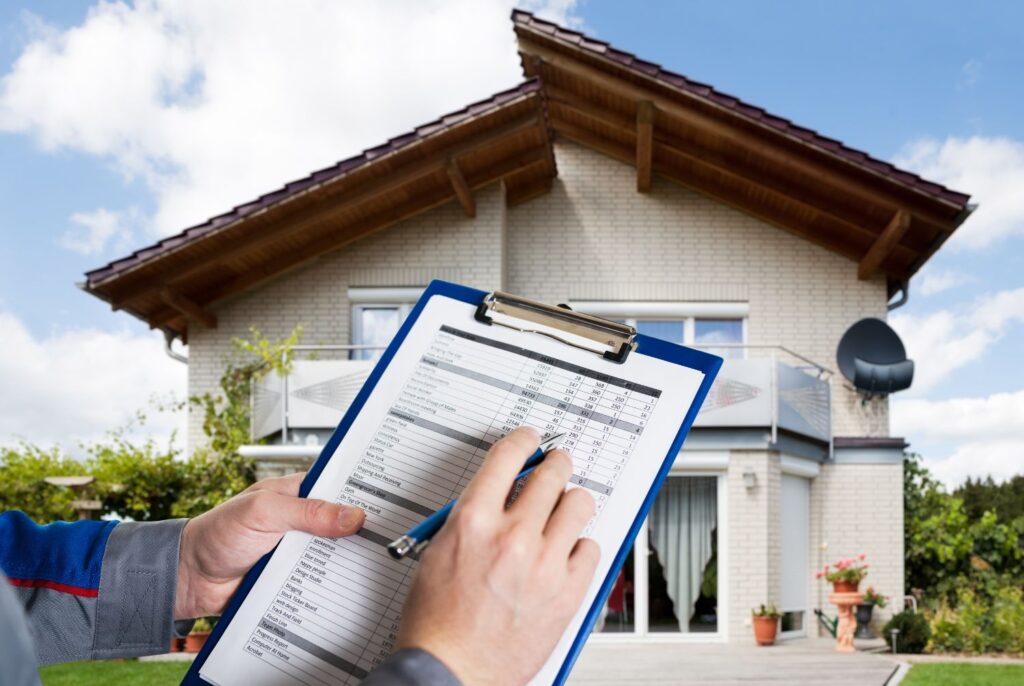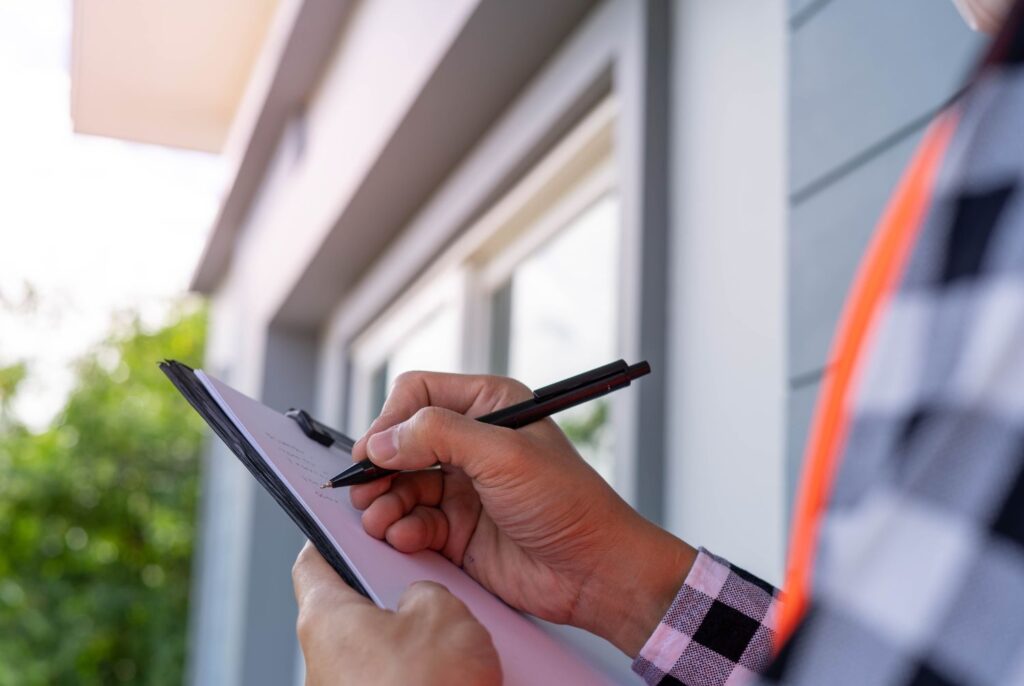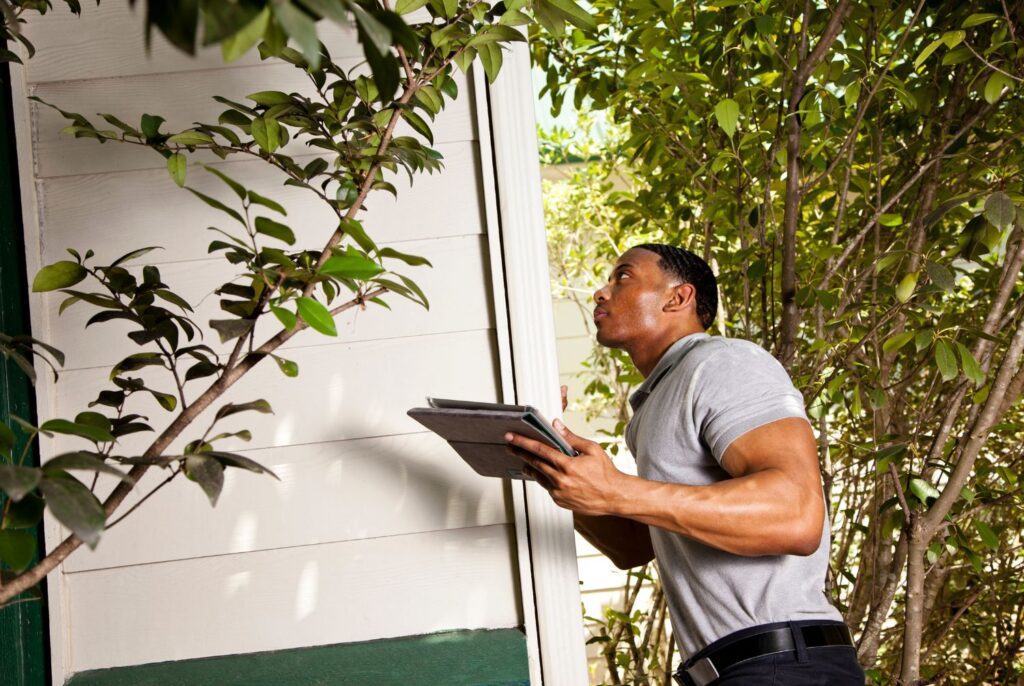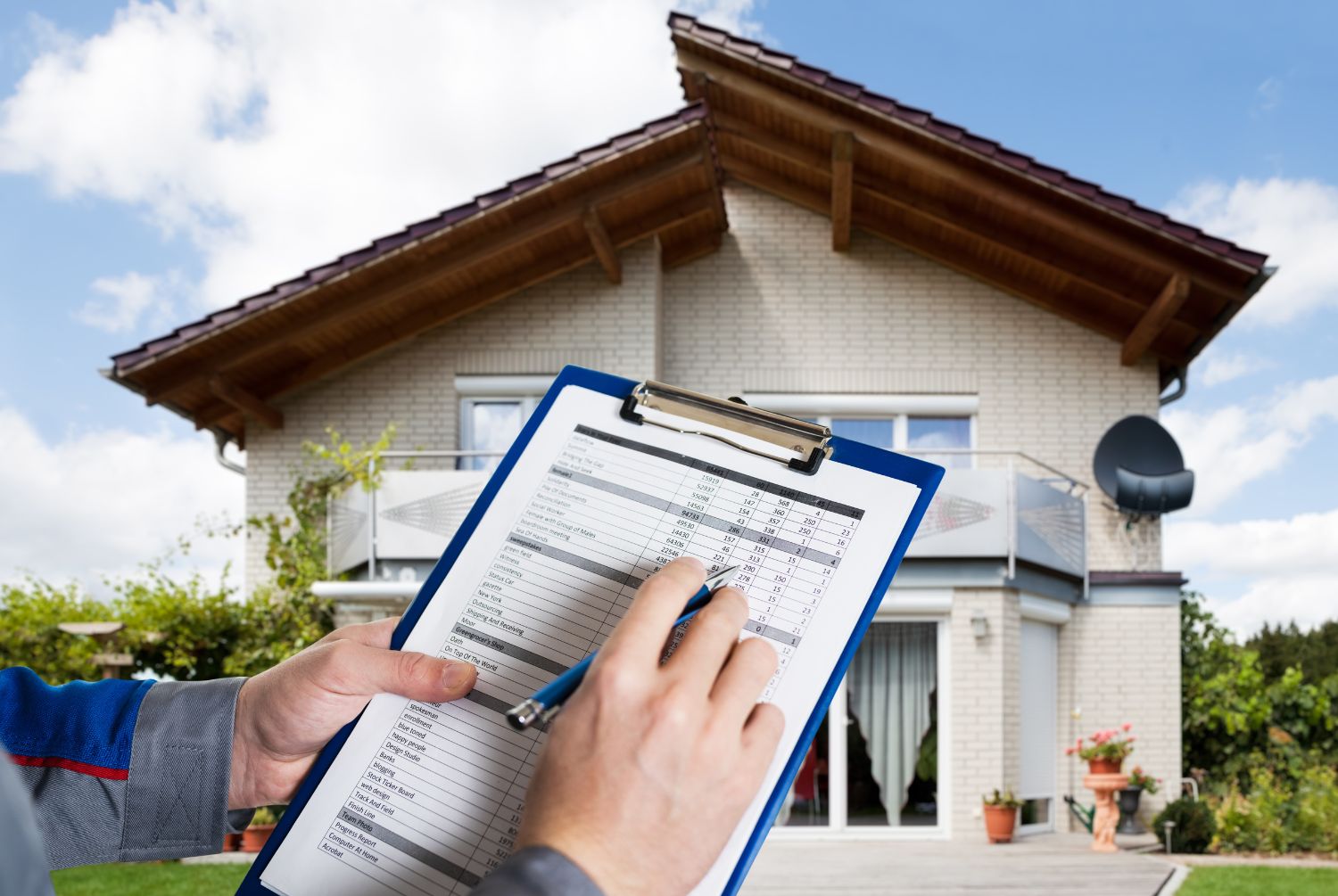
Home inspections are a crucial part of the home selling process. Without passing a home inspection, buyers may not be interested in purchasing your home due to safety concerns and the possibility of making extensive repairs post-sale.
The home inspection process may seem daunting if you’ve never been through it before, which is why this article explains how a home inspection works and provides you with a detailed home inspection checklist for sellers in 2024.
How a Home Inspection Works

Before you schedule a home inspection prior to selling, it’s important to have a comprehensive understanding of what’s involved.
In short, a home inspection is an examination of the condition of your home by a professional home inspector. Most home inspections are conducted after the seller has accepted the offer but before the buyer purchases the home.
Buyers are often able to choose a home inspector of their choice and typically pay for the inspection themselves. If issues are found during the home inspection, the buyer can request the seller to make repairs or renegotiate the terms of the agreement.
As we’ll discuss, a home inspection examines the following components of the property prior to sale:
- Structural elements
- Exterior features
- Interior features
- Plumbing systems
- Electrical systems
- HVAC
- Appliances
After the inspection is complete, the home inspector provides the buyer and seller with a detailed report that outlines their findings.
Exterior

The first key part of a home inspection is on the exterior of the home. Here are the main points of inspection to keep in mind when preparing for your next home inspection.
Roof
Keeping your roof in top shape is one of the best ways to not only protect your home from damage, but to also command a strong selling price for your home. The home inspector visually assesses the condition of the roof from the ground level and looks for signs of damage like missing shingles or areas of pooling water.
The roof’s structure is also another element that a home inspector looks at. The underlying decking and support materials should be in good shape in order to pass the home inspection without any issues.
Foundation
Having a strong home foundation is attractive to potential buyers for a number of reasons. Perhaps most importantly, a home needs a strong foundation to withstand harsh weather and ensure that residents are safe.
A home inspector examines the home’s foundation and looks for cracks, water intrusion, mold, and other signs of structural damage during the inspection.
Windows and Doors
Windows and doors are another part of the home inspectors agenda. They typically open and close all windows and doors to check for smooth operation and proper sealing. For wooden windows and doors, the inspector looks at the frames for signs of rot or decay.
Landscaping
Before a home inspection, we recommend cleaning up your yard and trimming any overgrown tree branches or shrubs. Home inspectors always check to make sure there’s proper drainage so water is directed away from the foundation to prevent water damage.
They’ll also note the condition of retaining walls and fences as well as overgrown branches that could be encroaching on a neighbors yard.
Interior

After inspecting the exterior, the home inspector moves to the inside of the home to examine interior elements, including:
Ceilings and Walls
Buyers want to know that their home is in good condition before moving in, which is why inspecting the ceilings and walls is so important. Some buyers may not be able to spot smaller issues in the home when touring the property, so a home inspection goes into more detail to note any potential risks.
When examining the ceilings and walls, a home inspector looks for:
- Water stains
- Cracks
- Bulges
- Mold
- Mildew
- Peeling wallpaper
Floors
One of the reasons that examining the floors is so important during a home inspection is because damages or sinking floors may be an indication of deeper structural problems in the home’s foundation.
A home inspector looks for surface level issues like scratches and stains as well as underlying issues with the subfloor or joists.
Plumbing
All homes need proper plumbing and septic systems, which is why maintaining these systems is so important as a homeowner. Pay close attention to the condition of your sinks, faucets, and toilets for proper operation and water pressure before the home inspection.
HVAC System
The heating, ventilation, and air conditioning (HVAC) system is the primary system that helps regulate temperatures inside the home. Having a strong HVAC system is crucial for potential buyers and can boost your home’s value.
Home inspectors generally check the following HVAC components:
- Air conditioner
- Furnace
- Boiler
- Burners
- Thermostat
- Air filters
- Exhaust fans
Appliances
One of the last parts of a home inspection involves examining the home appliances. This includes the stove, oven, washer, dryer, microwave, dishwasher, and more.
Most buyers prefer moving into a “turnkey” home that doesn’t require extensive repairs or appliance replacements, so having up-to-date and energy efficient appliances is often seen as a huge plus.
Final Thoughts
Selling your home in today’s market comes with plenty of advantages. Since it’s a seller’s market, you may have more buyers competing for your home and receive higher offers compared to selling in a buyer’s market.
Be sure to understand the steps before selling and to follow our home inspection checklist for sellers this year.
Are you looking to get the selling process started? Call Teresa Williams at (813) 434-0290 to learn more about selling your home with Prospera Realty in 2024.


